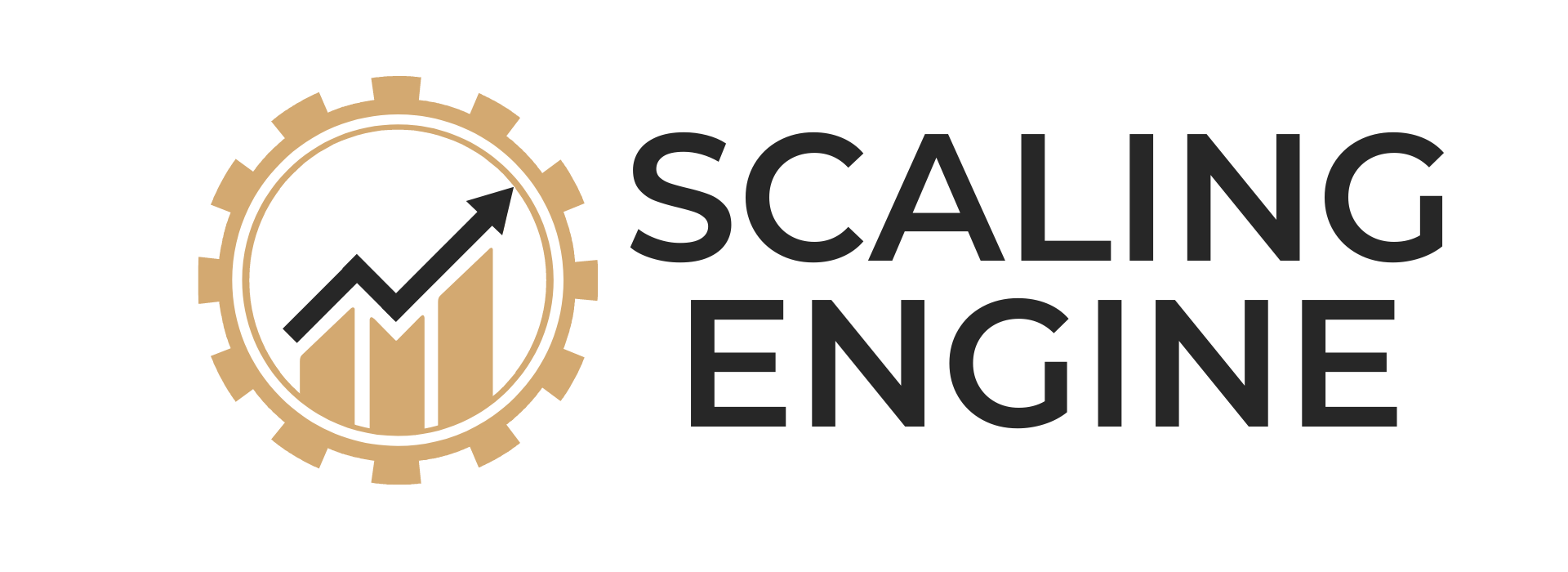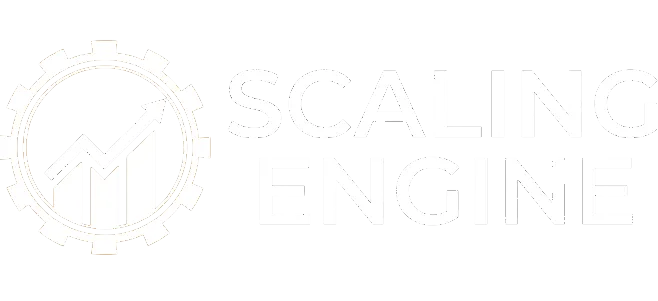
Email Marketing Automation Systems & Setup Guide
Email Marketing Automation Systems Technical Implementation Guide
Email marketing is one of the most profitable digital marketing strategies, offering a significant return on investment. However, achieving efficiency and scalability requires more than just basic email campaigns. It demands automation frameworks, workflow integrations, and technical optimization.
A marketing automation expert ensures that email campaigns run smoothly, reducing manual work while maximizing engagement and conversions. This guide focuses on technical implementation, automation architecture, system requirements, and integration best practices.
Technical Implementation: Setting Up Email Marketing Automation
A well-structured email marketing automation system requires seamless service provider integration, API connections, and workflow automation blueprints to enhance efficiency.
Email Service Provider Integration
To build an effective automation system, businesses must integrate their email platform with their CRM, website, and analytics tools.
Popular Email Service Providers (ESPs):
Mailchimp
HubSpot
ActiveCampaign
Klaviyo
Steps for Integration:
Authenticate email service provider credentials through a secure setup.
Connect with CRM and website to enable real-time lead tracking.
Implement automation to sync user activity, such as sign-ups and purchases.
Workflow Automation Blueprints
Automation workflows eliminate manual effort and ensure that emails are sent based on predefined triggers and conditions.
Common Automation Workflows
Welcome Email Series – Automatically send personalized greetings to new subscribers.
Cart Abandonment Reminders – Trigger follow-up emails when users leave items in their cart without purchasing.
Re-engagement Sequences – Contact inactive subscribers with special offers or content to bring them back.
Lead Nurturing Campaigns – Guide prospects through a series of emails that build interest and encourage conversion.
Testing Frameworks for Email Automation
To ensure automation works flawlessly, rigorous testing protocols should be established before launching campaigns.
Deliverability Testing – Ensures emails reach inboxes instead of spam folders.
Workflow Testing – Verifies that automation sequences trigger correctly based on user actions.
Load Testing – Confirms that the system can handle high email volumes without disruptions.
Automation Architecture: Designing a Scalable System
A robust automation system ensures scalability, integration, and data efficiency, allowing businesses to expand their marketing efforts without technical constraints.
Tool Stack Recommendations
Choosing the right tools is essential for automation efficiency. Businesses should invest in:
Email Marketing Platforms – For campaign management and audience segmentation.
CRM Systems – To track customer interactions and sync data.
Analytics & Insights Tools – For measuring campaign performance and optimizing strategies.
Automation Platforms – For connecting multiple tools and automating repetitive tasks.
Integration & Data Flow Optimization
A seamless integration ensures that user data flows between different platforms without delays or discrepancies.
Ensure Real-Time Data Syncing – Automate lead capture and update email lists dynamically.
Use Conditional Logic for Email Triggers – Deliver personalized messages based on user behavior.
Monitor Data Pipelines – Ensure that information is transferred accurately across platforms.
Scaling Considerations for Large Campaigns
As businesses grow, their automation systems must be able to scale effectively. Key considerations include:
Cloud-Based Email Hosting – Reduces downtime and ensures consistent email delivery.
Segmentation & Batch Sending – Sends targeted emails to specific audience segments for better engagement.
Dynamic Content Personalization – Adjusts email content based on user interactions and preferences.
System Requirements: Infrastructure & Security Protocols
A scalable email marketing system requires a secure infrastructure, well-defined integration points, and compliance with industry regulations.
Infrastructure Needs
Reliable Email Servers – Ensure high deliverability rates and minimal downtime.
Cloud Storage for Data Management – Securely store email templates, subscriber information, and automation logs.
Content Delivery Network (CDN) – Speeds up email content loading times.
Integration Points & Security Protocols
Authentication Mechanisms – Secure API connections using standard protocols.
Data Encryption – Encrypt user information to protect against security breaches.
Compliance with GDPR, CAN-SPAM, and CCPA – Follow global regulations to avoid legal risks and maintain trust.
Performance Metrics & Optimization
Measuring the success of email automation campaigns is critical to refining strategies. Businesses should track:
Open Rate – Measures how many recipients open the email.
Click-Through Rate – Indicates how many users interact with links inside the email.
Bounce Rate – Identifies deliverability issues and helps optimize sender reputation.
Conversion Rate – Measures the overall effectiveness of an email campaign.
Advanced Automation Frameworks & AI-Driven Personalization
Modern email automation specialists implement AI-powered tools to refine engagement and improve conversion rates.
AI-Driven Personalization in Email Marketing
AI enables marketers to customize content dynamically based on user behavior and preferences.
Key benefits of AI in email automation include:
Dynamic content that adjusts to each recipient’s interests.
Predictive analytics to anticipate customer behavior and automate responses.
Smart segmentation that categorizes users based on their engagement levels.
For example, an e-commerce business can use AI to recommend products based on browsing history. If a user frequently visits a specific product page, an email with a tailored discount offer can be sent automatically.
Behavioral Triggers & Automated Sequences
Behavior-based email automation ensures users receive relevant messages at the right time.
Some commonly used automated triggers include:
Cart abandonment emails that remind users to complete their purchase.
Follow-up emails when users engage with pricing pages or product demos.
Post-purchase emails that provide onboarding guides or upselling recommendations.
A structured automation strategy ensures that every email adds value, whether it’s nurturing a lead, closing a sale, or re-engaging inactive subscribers.
Advanced Multi-Step Campaigns
Multi-step email sequences guide potential customers through the buyer’s journey.
An effective lead nurturing sequence typically starts with a welcome email introducing the brand, followed by an educational email highlighting case studies, then a promotional email offering a time-sensitive deal. Post-purchase, follow-up emails provide onboarding support and upselling recommendations.
To build an optimized multi-step campaign, businesses should define specific triggers, automate responses, and continuously test email performance to refine messaging and timing.
Strategic Campaign Planning for Email Automation Success
A well-planned email automation strategy ensures that marketing efforts align with business objectives and maximize engagement.
Defining Success Metrics & KPIs
Tracking key performance indicators is essential to measuring success. Some of the most important KPIs include:
Open rate to measure subject line effectiveness.
Click-through rate to assess content engagement.
Conversion rate to track completed purchases or sign-ups.
Unsubscribe rate to evaluate audience retention.
Regular analysis of these metrics allows businesses to refine their automation strategies for better performance.
A/B Testing & Continuous Optimization
Testing different elements of email campaigns helps determine what works best.
Effective A/B testing involves experimenting with subject lines, call-to-action buttons, and email content formats to identify the highest-performing version. Testing should be an ongoing process to ensure continuous improvement and adaptation to changing customer behaviors.
Email Segmentation Best Practices
Segmentation ensures that emails are relevant to different audience groups.
Some effective segmentation strategies include:
Behavioral segmentation based on user actions, such as past purchases or browsing history.
Demographic targeting based on factors like age, location, or job role.
Engagement-based segmentation to differentiate between highly active users and those needing re-engagement.
The more refined the segmentation, the higher the likelihood of sending messages that resonate with the recipient.
Automation Security & Compliance Considerations
Data Privacy & Compliance (GDPR, CAN-SPAM, CCPA)
Failure to comply with data protection laws can lead to penalties and reputational damage.
Key compliance measures include:
Gaining explicit user consent before sending marketing emails.
Providing a clear and accessible unsubscribe option in every email.
Encrypting customer data to ensure security.
Keeping accurate records of subscriber opt-ins and engagement.
Businesses operating in different regions should tailor their compliance practices to the respective legal frameworks, ensuring full adherence to local and international data protection laws.
Maintaining High Email Deliverability Rates
Deliverability issues can result in emails landing in spam folders, reducing engagement and conversions.
Best practices for maintaining high email deliverability include:
Authenticating email domains through SPF, DKIM, and DMARC records.
Optimizing email frequency to avoid excessive sending that may trigger spam filters.
Regularly cleaning email lists to remove inactive or invalid addresses.
Consistently monitoring deliverability metrics helps identify issues before they impact campaign effectiveness.
Next Steps: Building an Optimized Email Automation System
To fully optimize email automation, businesses should focus on:
Integrating email service providers with CRM and other marketing tools.
Setting up behavioral triggers for real-time engagement.
Implementing AI-driven personalization to enhance targeting.
Continuously testing email performance and optimizing for better results.
Ensuring security compliance to maintain trust and protect customer data.
By following these best practices, businesses can create an efficient and scalable email automation system that delivers measurable results.
Final Thoughts
An effective email automation system goes beyond basic email campaigns. By leveraging AI personalization, strategic automation frameworks, and compliance best practices, businesses can optimize engagement and drive consistent revenue growth.
To stay ahead in email marketing automation, companies should continually refine their workflows, test new strategies, and invest in the right tools for long-term success.
FAQs
Q1: What are the key technical components of an email automation system?
A complete system includes API integrations, workflow automation, AI personalization, and deliverability optimization.
Q2: How can I improve email open rates?
Optimizing subject lines, personalizing emails, and sending at the right time can improve open rates.
Q3: What is the best automation tool for small businesses?
Platforms like ActiveCampaign, Klaviyo, and HubSpot offer scalable automation features tailored for small businesses.
Q4: How do I ensure my email automation system is GDPR-compliant?
Businesses should obtain explicit user consent, offer an easy unsubscribe option, and follow data encryption best practices.


